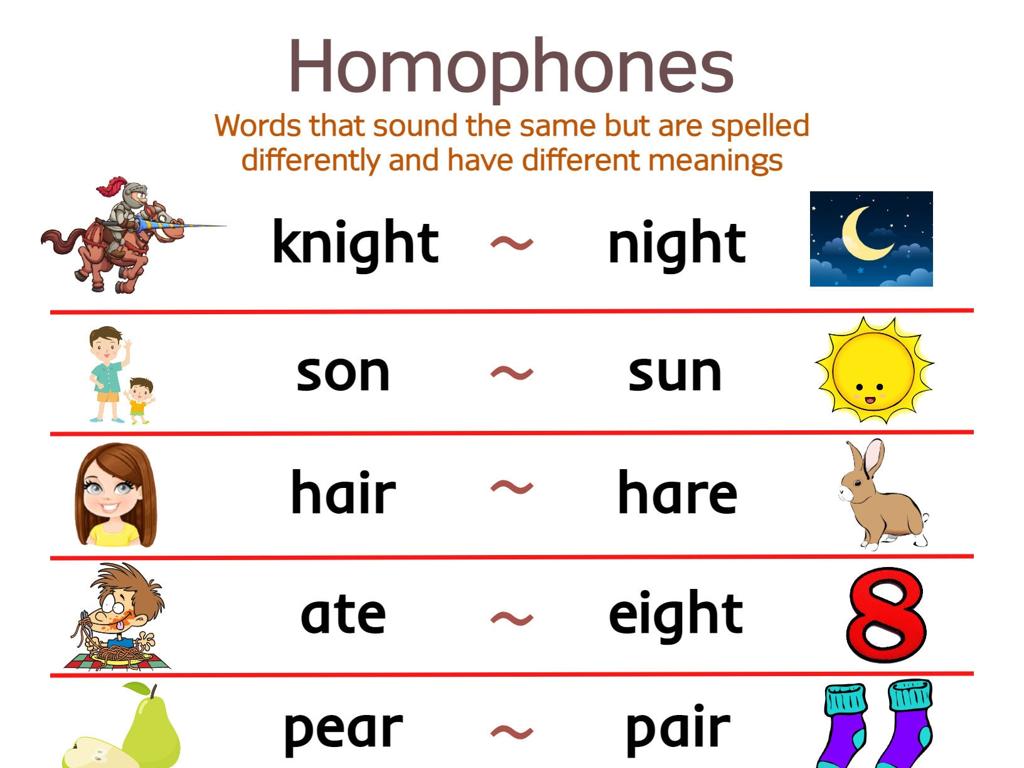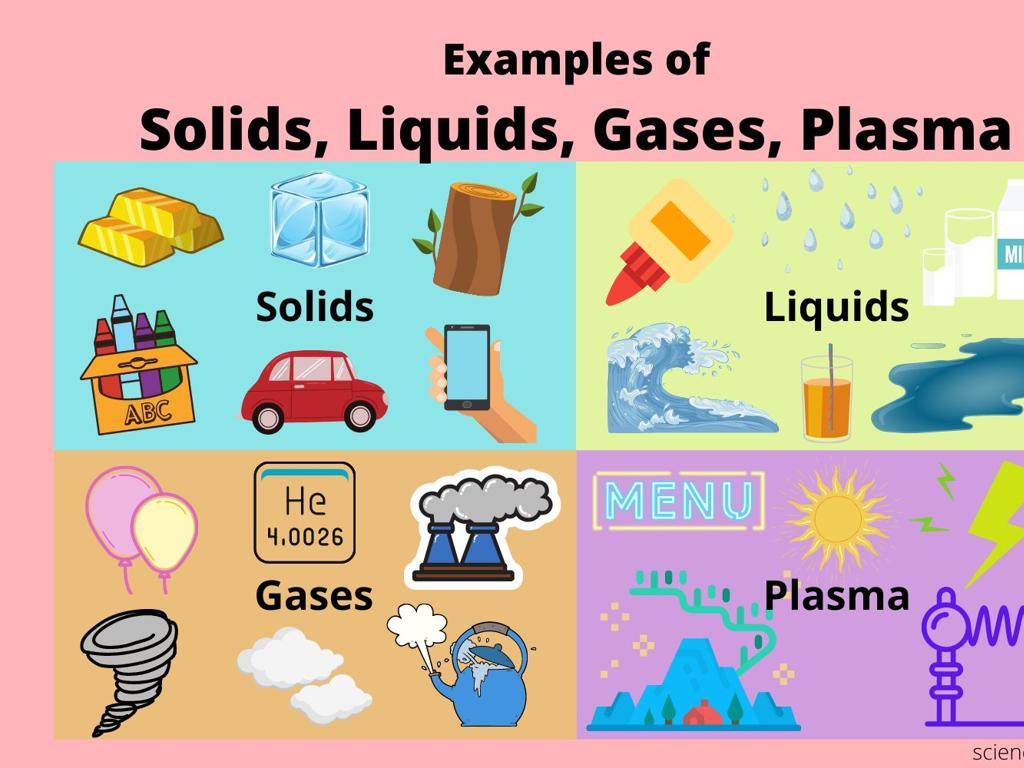Select The 50 States
Subject: Social studies
Grade: Fifth grade
Topic: States
Please LOG IN to download the presentation. Access is available to registered users only.
View More Content
Exploring the 50 States of America
– Introduction to the USA’s states
– The USA is made up of 50 unique states, each with its own government and characteristics.
– States: Building blocks of a country
– States are like puzzle pieces that come together to form the entire country.
– Importance of knowing the states
– Knowing the states helps us understand the geography, culture, and history of the USA.
|
This slide introduces the concept of the 50 states that make up the United States of America. It’s crucial to convey to the students that each state has its own local government, laws, and individual identity, contributing to the rich tapestry of the nation. Understanding the states is not only important for geographical knowledge but also for appreciating the diverse cultures and histories that are part of the American identity. Encourage students to think about why it might be useful to know about different states, such as for travel, understanding news stories, or connecting with people from different parts of the country. This foundational knowledge sets the stage for more in-depth learning about the geography and governance of the United States.
Exploring the 50 States
– What defines a state?
– A state is a region with its own government and boundaries.
– States’ roles and functions
– Each state has unique responsibilities, like education and safety.
– Diversity among states
– States vary in area, number of people, and cultural practices.
– Recognizing state characteristics
– Examples: Texas is large, Rhode Island is small, New York is populous, and Alaska has unique cultural heritage.
|
This slide introduces the concept of a state within the United States. Begin by defining a state as a specific area with its own government and set boundaries. Discuss the roles and functions of a state, such as creating laws, providing public education, and ensuring the safety of its residents. Highlight the diversity among the 50 states in terms of size, population, and culture. For example, Texas is known for its large size, Rhode Island for being the smallest state, New York for its large population, and Alaska for its indigenous cultures. Encourage students to think about their own state and what makes it unique. This will help them appreciate the variety and individuality of each state in the country.
Exploring the 50 States
– Overview of the 50 states
– Each state’s unique features
– For example, Texas is known for its size and cowboy culture.
– State capitals and their roles
– Capitals are often the political hub of a state.
– Engaging facts about states
– Did you know Alaska is the largest state by area?
|
This slide aims to give students a brief introduction to the 50 states of the United States, emphasizing the distinct characteristics that make each state special. Discuss the role of state capitals as centers of government and often cultural activities. Encourage students to think about what makes their own state unique and to learn one interesting fact about each state. This can be a starting point for a project where students research and present on a specific state, including its history, geography, and interesting trivia. The goal is to foster an appreciation for the diversity and richness of the states that make up the U.S.
Exploring U.S. Geographical Regions
– U.S. divided into distinct regions
– Five main regions based on geography and climate
– Each region’s unique characteristics
– Northeast known for history and industry, Midwest for agriculture
– States within the Northeast Region
– Includes Maine, Vermont, New York, and others
– States within the Midwest Region
– Comprises Ohio, Michigan, Illinois, and others
|
This slide aims to introduce students to the concept of geographical regions within the United States and their significance. Begin by explaining that the U.S. is divided into regions that share similar physical characteristics, climate, culture, and economy. Highlight the unique features of each region, such as the historical landmarks in the Northeast or the vast farmlands in the Midwest. Provide a list of states that belong to the Northeast and Midwest as examples, and encourage students to identify and learn about the states in the remaining regions. Use maps and regional symbols to make the content more engaging. The goal is to help students recognize the diversity and complexity of the U.S. landscape.
Learning the States Through Mnemonics
– Mnemonics: a memory aid
– Like ‘My Very Eager Mother Just Served Us Nine Pizzas’ for planets
– Regional mnemonics examples
– Northeast: ‘Never Eat Soggy Waffles’ for N-E-S-W states
– Class activity: create mnemonics
– Work together to make a mnemonic for the 50 states
– Share and practice mnemonics
– Practice by reciting our class mnemonic
|
This slide introduces the concept of mnemonics as a tool to help remember the names of the 50 states. Start by explaining what a mnemonic is, using a familiar example such as the one for the planets. Provide regional mnemonics as examples to show how they can simplify memorization. For the class activity, guide students to create their own mnemonic for the 50 states. This could be done in small groups or as a whole class. Once created, encourage students to share their mnemonics and practice them. This will not only help with memorization but also foster creativity and collaboration.
State Capitals and Their Significance
– Importance of state capitals
Capitals are the administrative centers.
– Learning the 50 state capitals
Memorize capitals through fun activities.
– Memory game introduction
A game to test your memory of capitals.
– Match states with capitals
|
State capitals serve as the administrative hubs for government activities and are often rich in historical and cultural significance. To help students learn the 50 state capitals, incorporate engaging activities such as memory games. For the memory game, create cards with state names on one set and their capitals on another. Students will match states to their capitals, which reinforces their learning and aids in memorization. This interactive approach not only makes learning fun but also enhances retention. Prepare variations of the game to accommodate different learning styles and ensure all students can participate effectively.
Fun Facts About U.S. States
– Every state has unique facts
– For example, Texas is known for its large size.
– State symbols like bird, flower, tree
– Maryland’s state bird is the Baltimore Oriole.
– Historical tidbits of states
– Did you know Alaska was purchased from Russia in 1867?
– Discovering states’ uniqueness
|
This slide aims to spark interest in the diversity of the United States by sharing fun facts and unique characteristics of different states. Discuss with students how each state has its own set of symbols that represent its natural heritage and cultural identity. Encourage them to think about what makes their own state special and to research fun facts about other states. Highlight interesting historical events that shaped the states as they are today. This will not only help them remember the states but also appreciate the rich tapestry of American history and geography.
Class Activity: State Research Project
– Form groups and get a state assignment
– Research your state’s key facts
– Look for the capital, size, population, and famous landmarks
– Create a presentation on your state
– Include images, fun facts, and why the state is unique
– Share findings with the class
|
This activity is designed to encourage collaborative learning and research skills. Divide the class into small groups, assigning each group one of the 50 states. Provide resources such as books, articles, and internet access for students to research their assigned state. They should look for information about the state’s capital, size, population, and landmarks. Encourage creativity in their presentations, allowing the use of posters, slides, or even costumes to represent their state. This will help students learn not only about their state but also about working together and presenting information. Possible activities could include creating a travel brochure, a mock interview with a historical figure from the state, or a skit about an important event in the state’s history.
Exploring the U.S.: A Journey Through the 50 States
– Recap of the 50 states journey
– We’ve traveled across all U.S. states, learning names, capitals, and locations.
– Interactive quiz: states, capitals, regions
– Test your knowledge with a fun quiz on what we’ve learned!
– Encouragement for self-exploration
– Keep discovering more about each state at home or in the library.
– Celebrating our geographic knowledge
|
As we conclude our journey through the 50 states, it’s important to review and reinforce the knowledge gained. Start with a brief recap of the states, their capitals, and their regional locations. Follow up with an interactive quiz to make the review session engaging. Questions can include identifying states on a map, matching states with their capitals, and recognizing states by their regional characteristics. Encourage students to continue learning about the states outside of the classroom, suggesting activities like reading state-related books, exploring maps, or even planning a ‘virtual road trip’ through different states. Celebrate the students’ progress and encourage them to be curious and continue exploring the vast and diverse geography of the United States.






